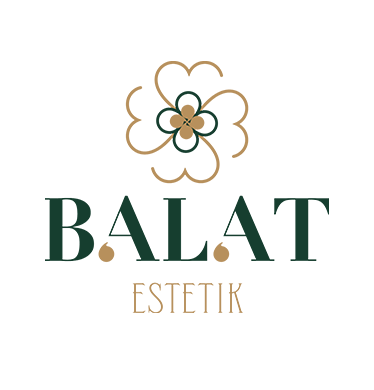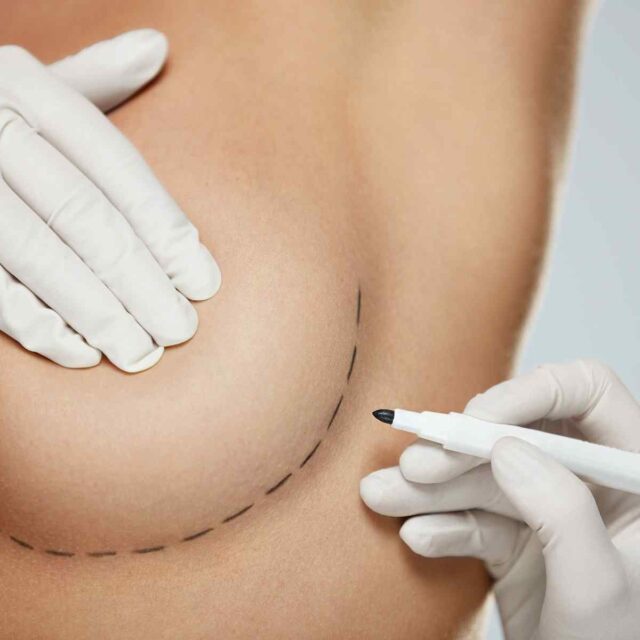
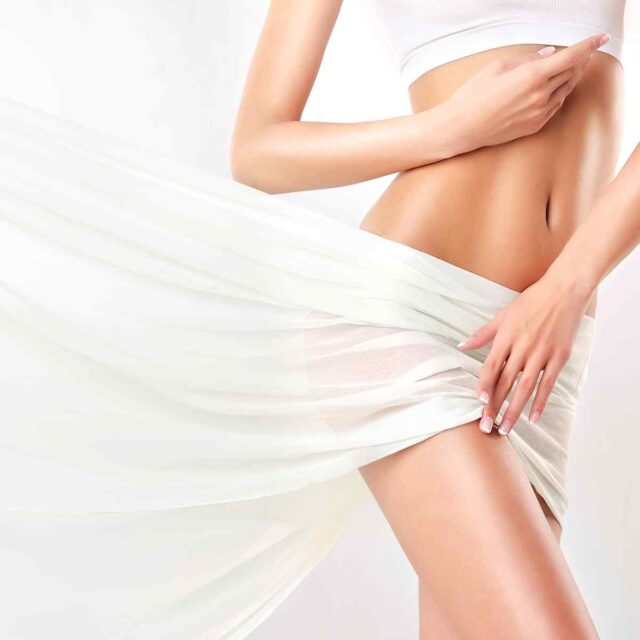
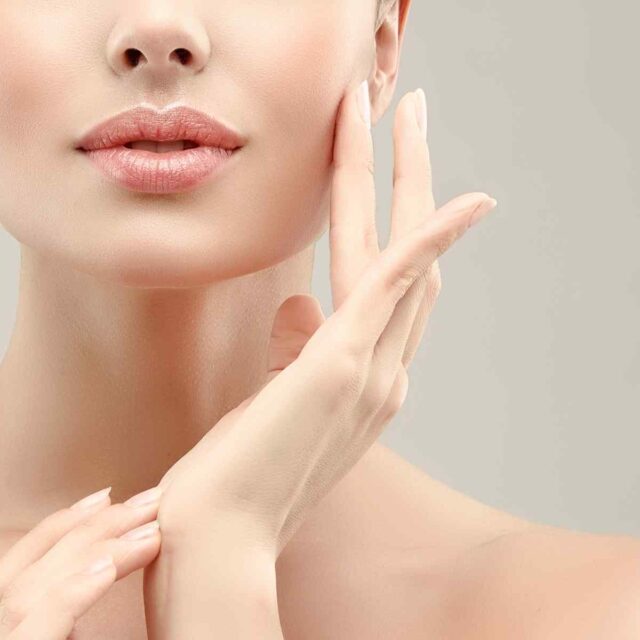
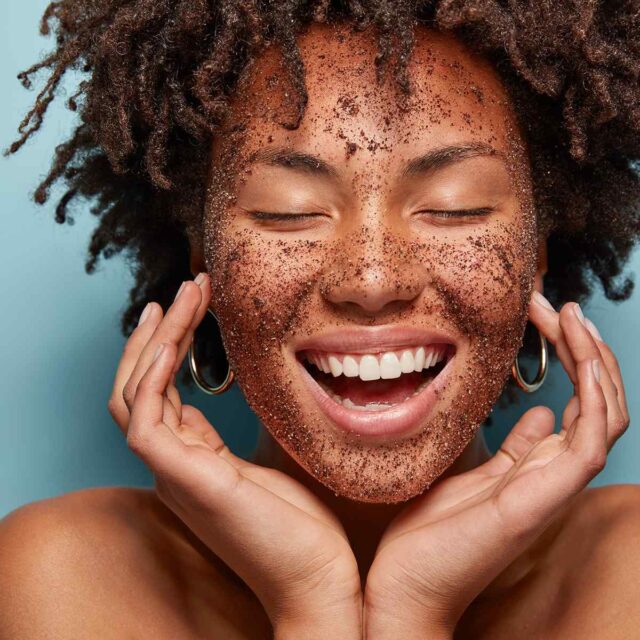
Return to Daily Life After Breast Surgery
In order to understand whether the disease has spread to the axillary lymph nodes, a guard lymph node biopsy is performed with blue dye and radioactive material during the surgery. In this way, lymphedema, which may develop due to removal of axillary lymph nodes, is avoided.
Since the blue dye given during the surgery is excreted in the urine within 24-48 hours, it is normal for your urine to turn blue and your skin to look blue. After the operation, no stitches are placed on the wounds under the breast and armpit, only a thin strip is adhered. These tapes are waterproof and do not prevent bathing. The bands are removed 1-2 weeks after the surgery and creams are applied to reduce the scar. If the tumors in the breast are found in large numbers and scattered in the breast, in some patients, the entire breast must be removed. In these patients, drains are placed under the skin and armpit to drain the blood and serum that will accumulate there. These drains should be emptied every 24 hours and the fluid accumulating there should be measured. When the amount of fluid in this area drops to 25-30 ml in 24 hours, the drains will be removed by your surgeon.
In patients who have been operated with the diagnosis of breast cancer, there is a risk of developing lymphedema in the hand, arm and forearm on that side when some or all of the lymph nodes are removed. Because the lymph channels in the hand, forearm and arm reach the lymph nodes in the armpit. Removal of lymph nodes here carries a risk of edema in the arm. If only a guard lymph node biopsy is performed under the armpit, the risk of lymphedema is 5-6%. However, this rate increases if all lymph nodes are removed. For this reason, it is necessary for patients to take care of their arm on the operated side, not to tire them excessively, and avoid injuries (burns, cuts, crushes, etc.) after surgery. Otherwise, the risk of developing lymphedema in that arm increases.
To avoid lymphedema;
? The care and cleaning of the nails, hand and arm on the side of the breast surgery is very important. Hands should be washed frequently, thoroughly dried and not left damp.
? Manicure should not be performed on the hand on the operated side, and infection due to injury should be avoided while the nails are being cut. Underarm hair should be removed with an electric machine.
? Attention should be paid to skin care and flexibility, and moisturizers with very low oil content such as non-oily creams, body milk, body lotion should be used to moisturize the skin.
? In order to avoid sweating on hot days and prevent fungal growth on the skin, you should take a warm shower frequently, put sweat-repellent cotton fabric handkerchiefs under both breasts and change them when wet.
? Avoid being under the sun for a long time in summer and very hot environments.
? Stay away from the heat of a burning stove or fireplace.
? Sun rays can increase lymphedema. Do not go into the sea during the hours when the sun is steep (between 11 and 15). Avoid sunburn. Protect the surgery and radiotherapy area while sunbathing. Use protective creams with a high protection factor. Do not expose your arm to the sun for a long time. Wear long-sleeved, light-colored and loose-fitting clothes when walking in sunny weather.
? Use protective gloves while ironing, washing dishes or laundry, cooking, and protect yourself from burns and cuts.
? You do not need to follow a special diet. Have a balanced and adequate diet. Definitely do not gain weight, try to lose your excess weight with exercise and diet.
? Maintain your ideal weight with a diet low in salt and rich in fiber foods. Avoid unnecessary weight gain. Obesity has a negative effect on edema and increases the risk of recurrence of your disease.
? Take care to take foods containing easily digestible proteins (fish and chicken). (Providing that you pay attention to your protein intake.)
? Avoid alcohol and cigarettes.
? Swimming, yoga, aerobic and rhythmic walks in water are beneficial after breast surgery.
? When traveling by plane or bus after the operation, consult your doctor. If necessary, bandage your arm or use your arm cuff.
? Go to your doctor immediately after burns and injuries that may occur on the operated side.
Benefits of the exercises recommended to be done after the surgery:
? Prevents or removes calcification in shoulder and arm joints,
? Gains pre-operative mobility to the arm,
? Strengthens hand, forearm and arm muscles,
? It helps to relieve back, waist, neck, head and shoulder pains due to surgery and radiotherapy,
? It prevents crooked posture/posture disorder,
? Prevents swelling (lymphedema) of your hand, forearm and arm,
? This helps the extremity to return to normal and accelerate healing. (Drains -hoses given out from the wound-

